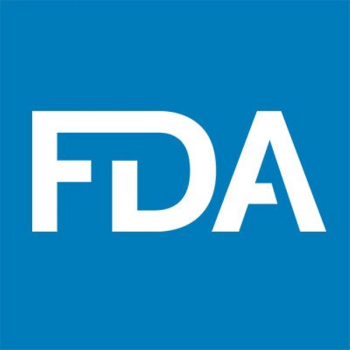
Three Keys to Success in the Oncology Care Model
One expert shares three things providers can do to improve their performance in the OCM program.
Oncology providers did better in the second performance period of
That’s according to Charles Saunders, MD, CEO of West Palm Beach, Florida-based Integra Connect, which develops IT solutions for healthcare providers. The company works with approximately 1,000 oncologists who treat close to 300,000 patients, including 22,000 in the OCM program.
OCM is a payment arrangement that includes financial and performance accountability for episodes of care associated with cancer treatment. The program started in July 2016, and since then the agency has announced the results of two performance periods. CMS announced the results of the second performance period in September 2018.
As of May, there were 184 provider organizations engaged in OCM; this includes more than 6,500 practitioners and more than 150,000 beneficiaries each year,
Saunders makes three top-line observations about the results revealed in the second performance period of OCM:
- A 40% improvement in the average performance-based payment reconciliation
- Recoupment payments were higher than anticipated compared to payments in the first performance period
- Providers with few Hierarchical Condition Categories (HCC) codes tended to perform poorly, while practices with more HCC codes generally performed well
Room for improvement?
Still, providers have room for improvement. The reality is many participants in the program receive payments that are so low they don’t fully cover the cost of taking part in the program, he says.
Related article
What’s holding providers back? According to Saunders, they haven’t fully committed to transforming the way they provide care.
“They were slow to invest in the infrastructure and technology tools at their disposal to be successful,” says Saunders. For example, most oncology providers’ EHRs don’t easily generate the data they need to effectively engage in population health initiatives, he adds. That means oncology providers can’t target resources toward the sickest patients who are most likely to land in the emergency room.
Saunders says there are three things providers can do to improve their performance in the OCM program:
1. Code appropriately for the complexity of patients. While most seniors being treated by oncology providers are likely to struggle with comorbidities such as high blood pressure, diabetes, and congestive heart failure, providers don’t document this accurately.
Of the patients included in the second payment period, most were documented as having either one or no comorbidities, which is very unlikely among this patient population, he says. It’s sufficient to document these conditions in the patient record and that the primary care physician is managing these conditions.
2. Provide care management services for the patients who need it most. Twenty percent of a provider’s patients drive 50% of its costs, according to Saunders. Thus, oncology providers should provide aggressive care management to the patients who are more likely to land in the emergency room or stay overnight in the hospital.
Some statistics that could convince your executive team to allocate resources more appropriately? For Integra Connect’s customers, 12% of their patients are at high risk of ending up in the emergency room, being admitted to the hospital, or dying in the next 120 days. Twenty-two percent are at medium risk, and the remainder of patients are at low risk.
3. Prioritize education and support for patients and their families. Targeted investments in these programs can reduce emergency room visits.
For example, a patient on chemotherapy is more likely to have side effects and land in the emergency room. In addition to providing patients with contact information for the appropriate team members to consult about side effects as they’re occurring, providers can extend office hours or provide access to urgent care for chemotherapy patients or a nurse advice phone line, recommends Saunders.
And even when patients do end up in the hospital, oncology providers can help manage their care. That involves ensuring the patient has a follow-up appointment with their oncology provider within 24 hours and reconciling medications as part of the discharge process. Providers can also give patients access to home-based care on an as-needed basis.
Newsletter
Get the latest industry news, event updates, and more from Managed healthcare Executive.






















































